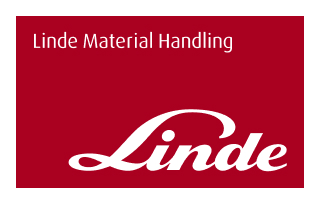- Blog
- Technical


Ensuring the safe and lawful operation of heavy machinery starts with having the correct Australian forklift licence. Beyond protecting workers and businesses, the right high-risk work licence ensures full compliance and readiness on the job. With different licence classes tailored to specific forklift types and roles, knowing which one applies to your situation is crucial.
In Australia, operating a forklift legally requires a High-Risk Work Licence (HRWL) issued under the model Work Health and Safety (WHS) regulations. WorkSafe regulators across all states enforce these requirements. Employers must ensure operators hold the appropriate licence, to uphold worker safety and regulatory compliance.
Australia recognises two main licence classes for forklifts:
Comparison at a glance:
| Licence Class | Covers | Typical Use |
|---|---|---|
| LF | Forklift truck with mast and forks | Counterbalance forklifts, general warehousing |
| LO | Order-picking forklifts | Retail fulfilment, high shelving systems |
Licensing details and administrative processes may vary slightly by state or territory, although the classes themselves are nationally consistent.
Choosing the right licence depends on your equipment and job role:
A high reach forklift licence becomes necessary when operating specialised high-reach equipment, especially in narrow aisles or complex racking systems. Common scenarios include:
For example, a warehouse worker retrieving pallets from elevated racking in an automotive parts depot would require this specialised training and certification. These courses are typically shorter (2–4 hours) add-ons after obtaining an LF licence.
We support businesses with expert forklift sales, servicing, and maintenance. We cater specifically to licenced operators, ensuring your equipment remains safe, reliable, and perfectly matched to your operational needs. Whether you require high-reach solutions or conversion assistance between LF and LO systems, we’ve got you covered.
Choosing the correct Australian forklift licence ensures legal compliance, enhances workplace safety, and bolsters long-term career prospects. Whether you need LF, LO, or a high-reach endorsement, proper training and certification lay the foundation for confident, efficient operation.
Need help with forklift equipment or advice? Contact the team at Linde MH for friendly support and expert recommendations.
CONTACT US